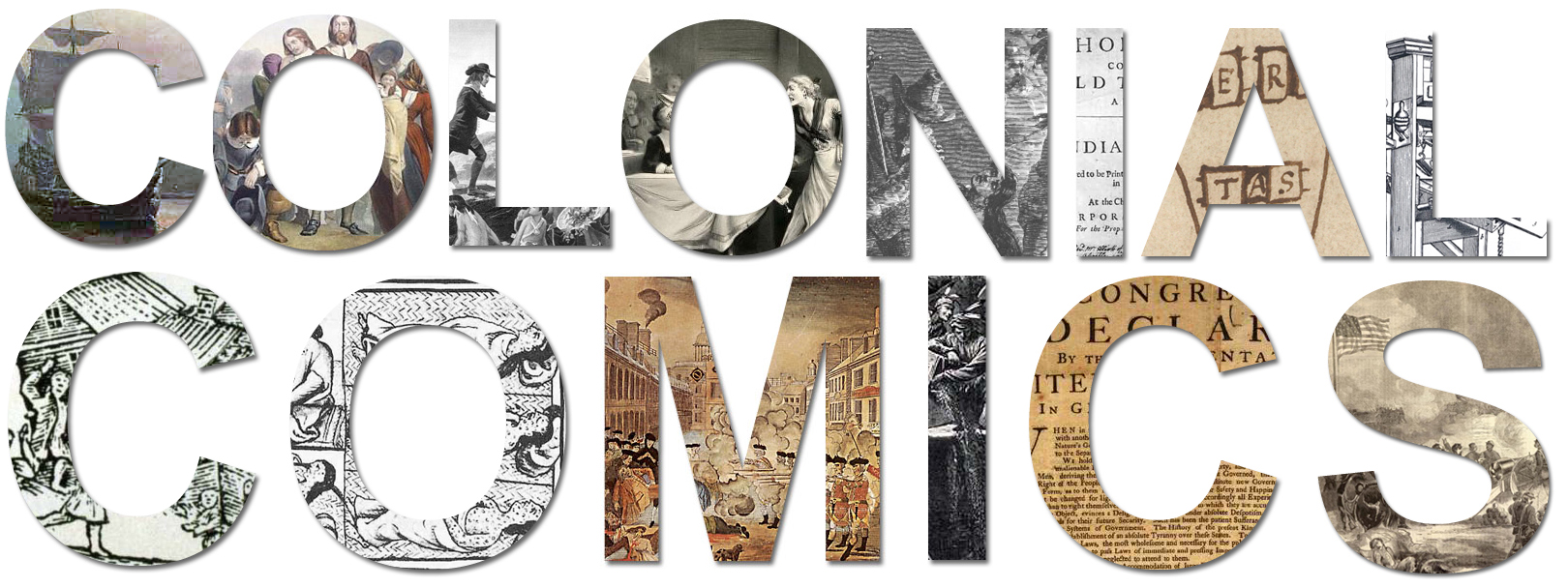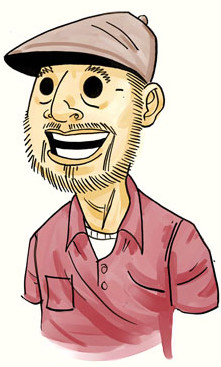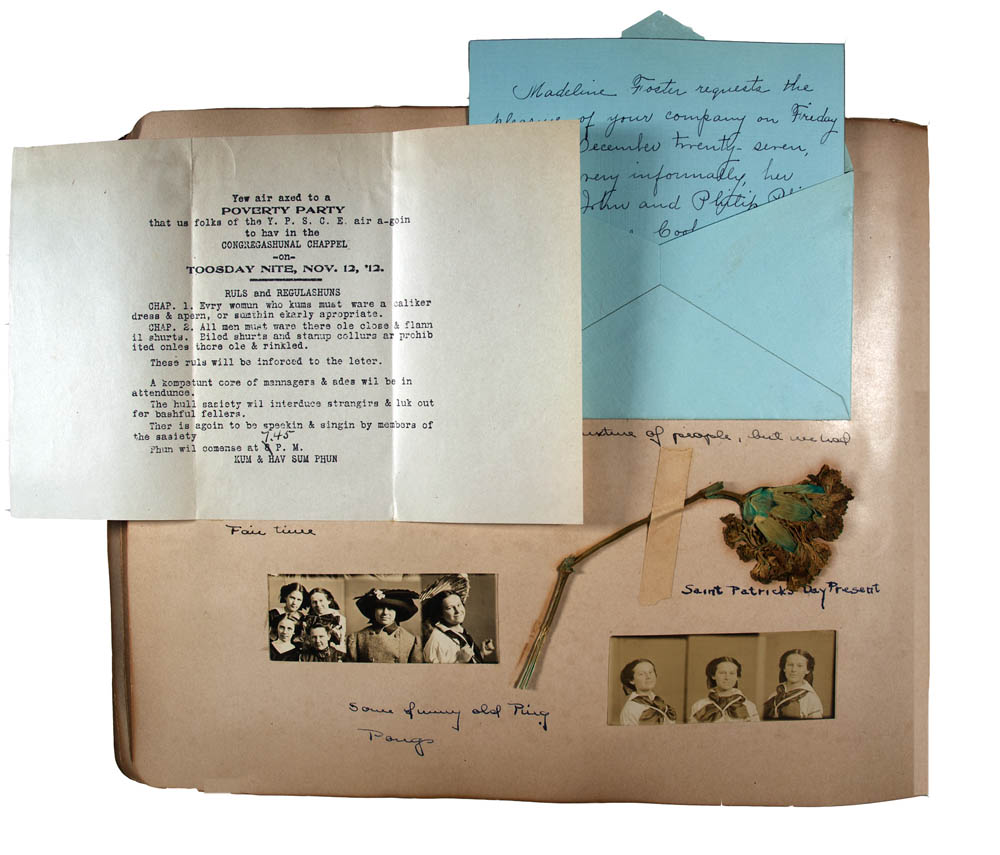By Amanda A. Mathews, Adams Papers
As another election season draws to a close, there is mounting concern over the state of American party politics with vitriolic and panic-stricken ads, headlines, and pleas for support dominating the media. We rush to declare an election “the nastiest ever” as we consume the negative ads and media distortions. Meanwhile, all sides assert, as Abigail Adams did to her son, John Quincy, in the late fall of 1796, “at no period has our National interest been in a more Dangerous, or difficult situation than the present.”
In the forthcoming Adams Family Correspondence, Volume 11, John Adams faces off with Thomas Jefferson in the nation’s first contested presidential election, following the retirement of George Washington in 1796. While this contest predates modern electioneering practices such as party conventions and stump speeches, much of it sounds familiar to the modern reader. Abigail complains, for instance, that Democratic-Republican newspaper editors falsely attack John for supporting “hereditary” government, and that “by such false and glaring absurdities do these misirable Beings endeavour to deceive and delude the people.”
Still, Abigail remained fearful of what might happen if the country made the wrong choice. “I feel anxious for the Fate of My Country,” Abigail wrote, “if the Administration should get into Hands who would depart from the System under which we have enjoyed so great a share of Peace prosperity and happiness, we should soon be involved in the wars and calamities which have deluged other Nations in Blood, we should Soon become a devided and a misirable people.”
Writing to his wife in December 1796, John Adams noted, “The Inveteracy of Party Spirit is however indeed allarming at present. There have been Manœuvres and Combinations in this Election that would Surprize you.” Adams, however, should not have been so surprised. In his own Defence of the Constitutions of Government of the United States of America (1787–1788), a work repeatedly held up as proof of his “undemocratic” principles, Adams noted the “natural and unchangeable inconvenience in all popular elections.” Candidates were likely to be of near equal merit, and voters of good faith would be nearly evenly divided. Therefore, elections would turn on which candidate “has the deepest purse, or the fewest scruples about using it” to win over those whose votes were for sale. So as we shake our heads at yet another political ad, we can take a bit of comfort that it is just another part of one of America’s oldest political traditions.




 and The Little Particle That Could. His books have been nominated for eight Harvey Awards honoring excellence in the comics industry and a Will Eisner Comic Industry Award. Rodriguez’s current project editing graphic novels about colonial New England brought him to the Massachusetts Historical Society last week. He took the time to answer a few Beehive questions about comics, history, and what to expect from the coming historical graphic novels.
and The Little Particle That Could. His books have been nominated for eight Harvey Awards honoring excellence in the comics industry and a Will Eisner Comic Industry Award. Rodriguez’s current project editing graphic novels about colonial New England brought him to the Massachusetts Historical Society last week. He took the time to answer a few Beehive questions about comics, history, and what to expect from the coming historical graphic novels.